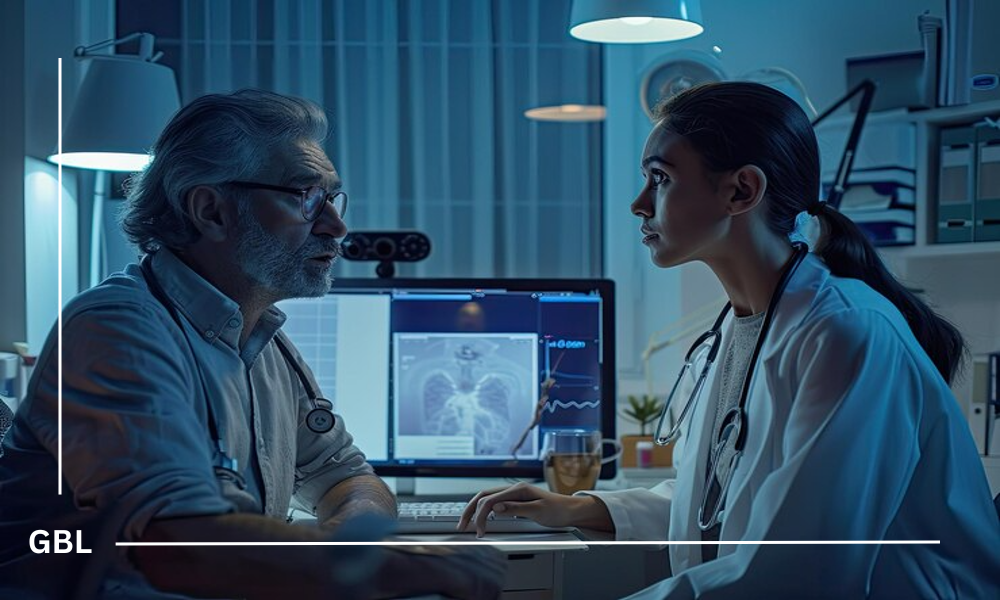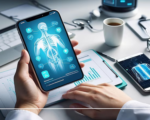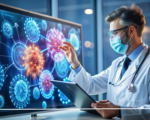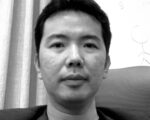Remote Patient Monitoring (RPM) is changing the way we think about healthcare delivery. As technology continues to advance, the ability to monitor patients outside of traditional clinical settings has become a game-changer, especially in light of the challenges posed by the COVID-19 pandemic.
At its core, RPM involves using devices and apps to collect health data from patients and send it to healthcare providers in real-time. This can include tracking vital signs like heart rate, blood pressure, glucose levels, and even mental health indicators. The beauty of RPM lies in its ability to keep patients connected to their healthcare teams without the need for constant office visits.
One of the most significant benefits of remote monitoring is improved access to care. For patients with chronic conditions or those living in rural areas, getting to a healthcare facility can be a challenge. RPM eliminates many of these barriers by allowing patients to receive care from the comfort of their homes. Imagine a patient with diabetes who can monitor their blood sugar levels and share that data with their doctor without leaving their living room. This level of convenience not only improves patient satisfaction but also encourages adherence to treatment plans.
Moreover, RPM is a powerful tool for preventive care. By continuously monitoring health metrics, healthcare providers can identify potential issues before they become serious. For instance, a patient with heart failure can be alerted to subtle changes in their condition, prompting timely intervention. This proactive approach can lead to better health outcomes and a reduction in hospitalizations, ultimately saving healthcare systems significant costs.
However, the adoption of RPM is not without challenges. Concerns about data security and patient privacy are at the forefront. As more health information is shared electronically, ensuring that this data is protected becomes critical. Additionally, not every patient is comfortable with technology, so training and support are essential for successful implementation.
Despite these hurdles, the momentum behind remote patient monitoring is growing. Many healthcare providers are now recognizing its potential not only to enhance patient care but also to improve operational efficiency. As RPM becomes more integrated into the healthcare landscape, we are likely to see a shift towards more patient-centered approaches to care.
In summary, remote patient monitoring represents a significant evolution in healthcare delivery. By harnessing technology to keep patients connected to their healthcare teams, RPM empowers individuals to take charge of their health while ensuring that providers can deliver timely, effective care. As we move forward, this innovative approach will likely play a pivotal role in shaping the future of healthcare, making it more accessible, efficient, and responsive to the needs of patients.
















